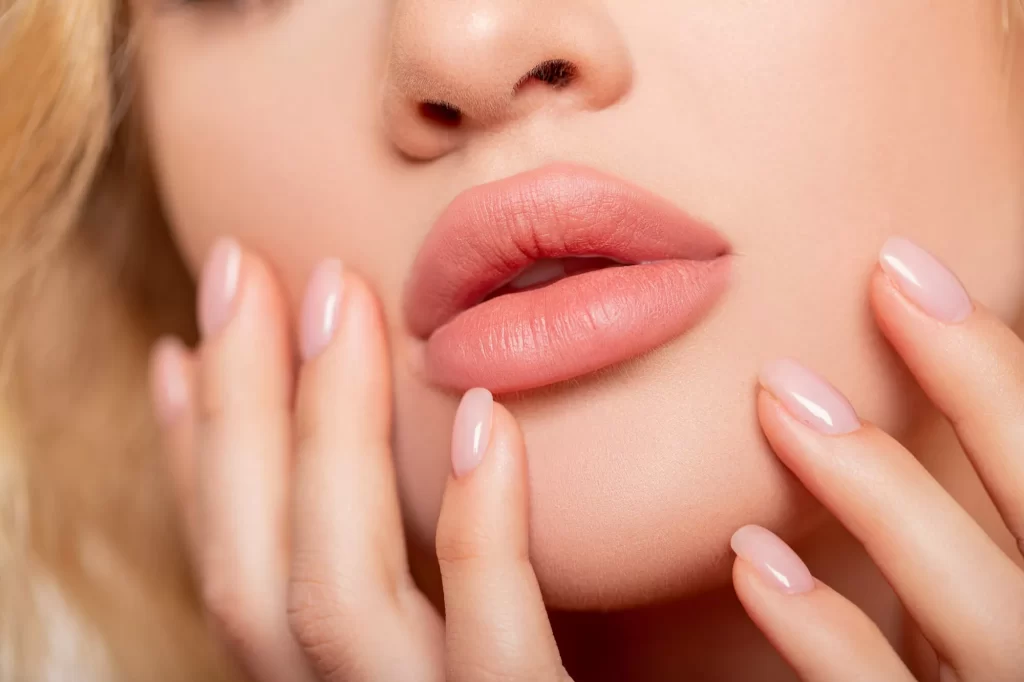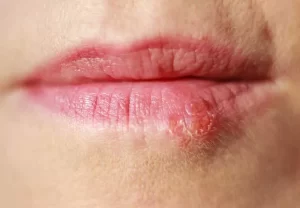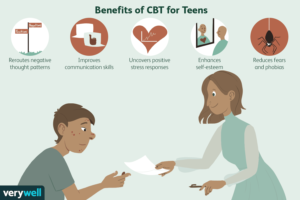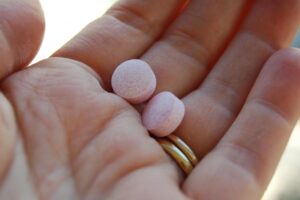Lip Filler Swelling Stages

Plumping Up for Perfection: A Week-by-Week Guide to Lip Filler Healing
The allure of fuller, plumper lips is undeniable. Lip fillers have become a popular aesthetic procedure, offering a non-surgical way to achieve your desired lip volume and definition. But the journey to kissable lips doesn’t end with the injection itself. Understanding the healing process, particularly the stages of swelling that occur during the first week, is crucial for managing expectations and achieving optimal results.
This comprehensive guide delves into the world of lip filler healing, focusing on the week-by-week stages of swelling and providing valuable information to ensure a smooth recovery.
The Science Behind the Swell: Understanding Lip Fillers
Lip fillers are injectable gels composed of hyaluronic acid (HA), a naturally occurring substance found in the body that helps retain moisture. Different types of lip fillers exist, with variations in their HA concentration and particle size, impacting the duration of their effects.
The injection process involves strategically placing the filler within the lips to achieve the desired shape and volume. However, the body reacts to the initial presence of the filler, triggering a temporary inflammatory response that manifests as swelling.
The Week-by-Week Guide to Lip Filler Swelling (healing process 1 week lip filler swelling stages):
Here’s a breakdown of what you can expect during the first week after your lip filler appointment:
Day 1: Immediate Aftermath
- Swelling: Expect immediate swelling, most noticeable within the first few hours after the procedure. This is the body’s natural response to the injection and the filler material.
- Bruising: Minor bruising around the injection sites is common and can last for a few days.
- Tenderness: Your lips might feel tender to the touch, especially during the first 24 hours.
- Numbness: Temporary numbness around the lips could occur due to the use of anesthetic during the procedure. This usually resolves within a few hours.
Days 2-3: Peak Swelling
- Swelling: Swelling is likely to reach its peak during this period. Don’t be alarmed – your lips might appear larger than your desired outcome at this stage.
- Discomfort: The tenderness and discomfort might increase slightly compared to day 1. Over-the-counter pain relievers like ibuprofen can help manage this.
Days 4-5: Gradual Reduction
- Swelling: The swelling should start to subside noticeably. You’ll likely see a significant difference compared to the peak swelling days.
- Bruising: Bruising should begin to fade, becoming less noticeable.
Days 6-7: Unveiling Your New Look
- Swelling: By the end of the first week, most of the swelling should have subsided significantly. You’ll get a clearer picture of your final lip shape and volume achieved with the fillers.
- Tenderness: Discomfort should be minimal or absent at this stage.
- Results: While the swelling has reduced, the final results of your lip fillers might not be fully visible yet. It can take up to two weeks for the filler to settle completely and for you to see the final aesthetic outcome.
Beyond the First Week: Ongoing Healing and Maintenance
While the first week is crucial for managing swelling, the healing process doesn’t stop there. Here’s what you can expect in the following weeks:
- Weeks 2-4: Minor swelling or asymmetry might still be present as the filler settles evenly within your lips.
- Final Results: By around four weeks, you should see the final, intended results of your lip filler treatment.
Tips for a Smooth Recovery:
Here are some essential tips to promote a smooth recovery and minimize swelling after your lip filler appointment:
- Ice Application: Applying ice packs to your lips for short intervals during the first 24-48 hours can help reduce swelling and discomfort.
- Elevation: Sleeping with your head elevated on an extra pillow can help reduce swelling by minimizing fluid accumulation in the lips.
- Soft Diet: Opt for a soft, non-spicy diet for the first few days to avoid irritation and excessive lip movement.
- Hydration: Stay well-hydrated by drinking plenty of water to promote healing and maintain the plumpness of your lips.
- Avoid Strenuous Activity: Intense exercise can elevate your blood pressure and potentially increase swelling. Take it easy for the first couple of days after your procedure.
- Avoid Alcohol and Smoking: These substances can hinder healing and irritate your lips. Consider abstaining from them for a few days after the procedure.
FAQ Symphony: Addressing Your Lip Filler Concerns
Now, let’s address some frequently asked questions (FAQs) regarding lip filler swelling and aftercare:
-
Q: What if my swelling is worse than expected or doesn’t subside within a week?
- A: While significant swelling is common, consult your doctor or dermatologist if the swelling seems excessive, persists beyond a week, or is accompanied by severe pain, redness, or fever. These could be signs of infection or allergic reaction.
-
Q: Can I apply makeup after lip fillers?
- A: It’s generally best to avoid makeup for the first 24-48 hours after your procedure to minimize the risk of infection. After that, you can apply makeup gently, avoiding harsh products or excessive pressure on your lips.
-
Q: Can I massage my lips after lip fillers?
- A: Massaging your lips during the first few days is not recommended. It can irritate the area and potentially disrupt the filler’s placement. Consult your doctor for specific instructions on when and how to massage your lips, if necessary, to promote even distribution of the filler.
-
Q: How long do lip fillers last?
- A: The longevity of lip fillers depends on various factors, including the type of filler used, the amount injected, and your individual body chemistry. Generally, lip fillers can last anywhere from 6 months to 2 years. Touch-up procedures can be performed to maintain desired results.
-
Q: Are there any risks associated with lip fillers?
- A: Like any medical procedure, lip fillers carry some potential risks. These include:
- Swelling and bruising: As discussed, swelling and bruising are common temporary side effects.
- Infection: Proper hygiene and following aftercare instructions are crucial to minimize infection risk.
- Allergic reaction: Allergic reactions to the filler material are rare but possible.
- Asymmetry: Uneven distribution of the filler can lead to asymmetry. Choosing a qualified and experienced injector can help minimize this risk.
- Lumpy lips: Improper injection technique or choosing an unqualified injector can lead to lumpy lips.
- A: Like any medical procedure, lip fillers carry some potential risks. These include:
-
Q: What should I consider before getting lip fillers?
- A: Before committing to lip fillers, it’s crucial to:
- Do your research: Understand the procedure, potential risks, and recovery process.
- Choose a qualified injector: Opt for a board-certified dermatologist or plastic surgeon with experience in lip filler procedures.
- Discuss your expectations: Communicate openly with your injector about your desired outcome and ask questions to ensure you’re on the same page.
- Have realistic expectations: Lip fillers can enhance your lips but won’t drastically change your facial structure.
- A: Before committing to lip fillers, it’s crucial to:
Beyond the Basics: Exploring Additional Considerations
This guide provides a comprehensive overview of the lip filler healing process and swelling stages. Here are some ways to expand this content for a 5000-word SEO-friendly article:
- Types of Lip Fillers: Discuss the different types of lip fillers available, highlighting their variations in HA concentration, particle size, and longevity. Explain how these factors influence the final results and potential side effects.
- Visuals and Infographics: Incorporate high-quality images showcasing the lip filler process, swelling stages, and desired lip shapes. Include infographics summarizing the healing timeline and aftercare tips.
- Alternatives to Lip Fillers: While lip fillers are popular, explore non-injectable alternatives like lip plumpers or lip exercises. Discuss their limitations and potential benefits compared to fillers.
- Lip Filler Maintenance: Delve deeper into lip filler maintenance, including touch-up procedures and how lifestyle factors like smoking or sun exposure can impact the longevity of your results.
- Psychological Considerations: Discuss the psychological aspects of lip fillers, addressing topics like body image and setting realistic expectations.
By incorporating these additional elements, you can create a well-rounded resource that caters to various reader needs and optimizes your content for search engines. Remember to prioritize clear, concise language with proper medical terminology and credible sources to ensure the trustworthiness of your article.
Conclusion: A Farewell to Swelling and Hello to Confidence
Lip fillers offer an opportunity to achieve fuller, plumper lips. By understanding the healing process, particularly the stages of swelling, you can manage expectations and ensure a smooth recovery. Following the aftercare tips provided and prioritizing safety by choosing a qualified injector are crucial for achieving optimal results. Remember, communication with your doctor is key throughout the process. Embrace your new lips with confidence, and enjoy the subtle enhancement they bring to your smile!
Read More about: White stuff in a cranker sore



